A significant piece of equipment to have in the workshop is a propane torch. A torch is used for many tasks around the house, including soldering copper pipes and welding applications. You might be wondering how hot propane gets. We've researched this topic and have discovered the best answers to this question.
When it comes to heating something to the right temperature, a propane torch is crucial. You can use a propane torch in soldering and blazing. The highest temperature that a propane torch can reach is 2,000 °C.
Discover all the different applications a propane torch has around the homestead. We will discuss more details about the propane torch and how it works. So, continue reading to find out all the information about propane torch.
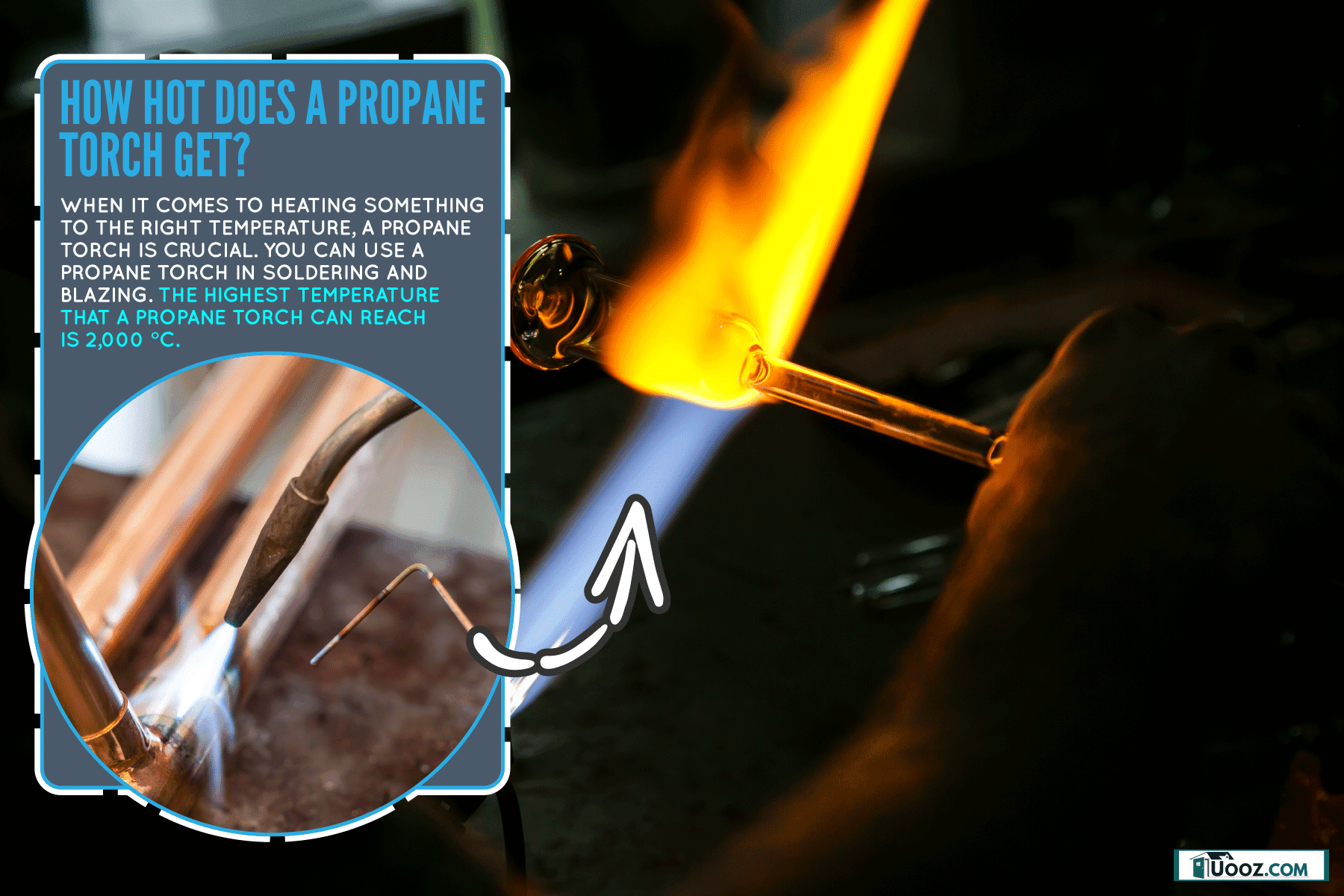
Propane Torch
Propane is a gas that works well as a fuel. It is colorless and odorless in its normal condition, but a substance is added to give it a different smell for finding leaks.
These torches come in various sizes, from tiny portable units to bigger ones that require big propane tanks. One of the most popular designs for this kind of torch is an item you can hold in one hand.
Although it burns at slightly lower temperatures than specific other heat sources used in buildings, propane gas is very combustible. You can increase the propane torch's flame by adding oxygen, but usually, this happens as part of a more extensive torch mechanism.
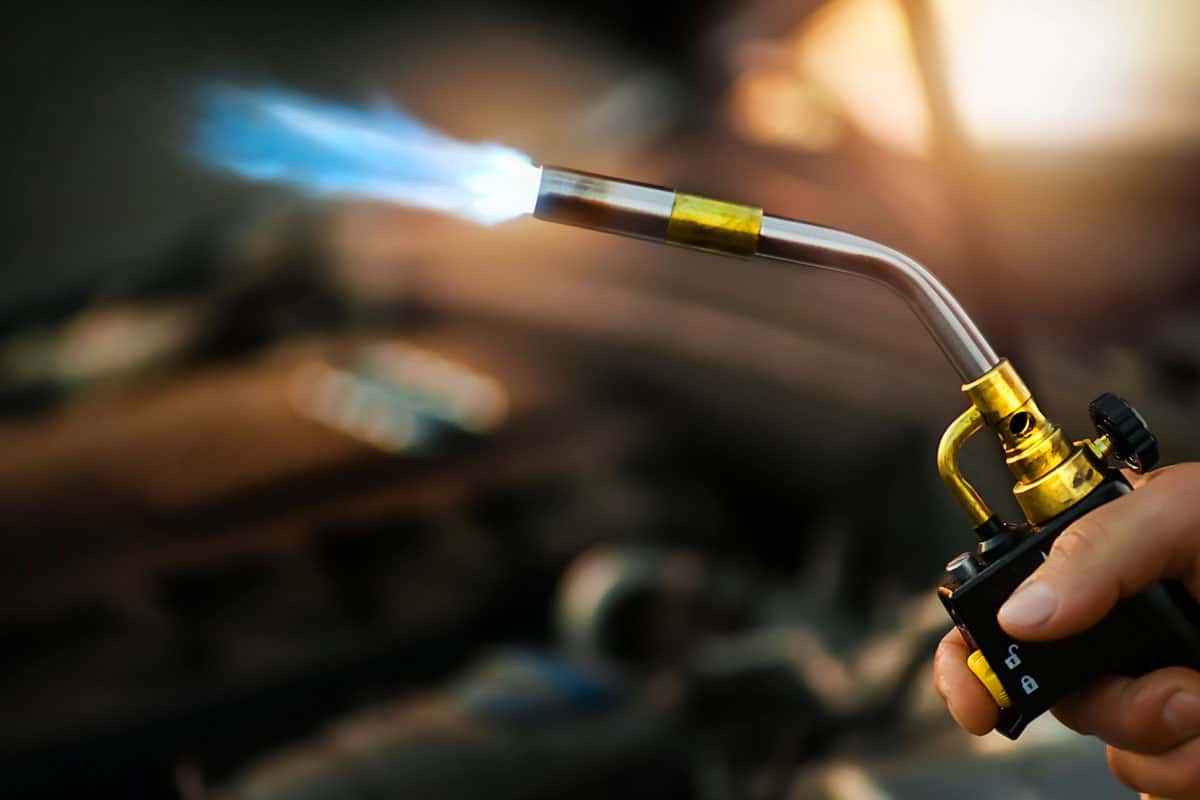
One can use a handheld propane torch for various other jobs, including daily work and home improvement projects. While gas is frequently used for heating and cooking, many home workshops also include propane-fueled torches used for plumbing soldering or pipe thawing.
Due to the heat it produces, you can use it in some welding tasks, cutting equipment, cleaning metals, and other non-flammable materials. Copper water pipes are routinely soldered using propane torches. This guarantees a more durable and secure fit that can withstand wear and tear while preventing leaks.
Additionally, they can be used for heating metals to be bent more efficiently, bending glass, and performing flame tests. Use the torch to light logs, heat coals, soften and remove old window sealant, or even heat thick layers of paint so you can scrape them off quickly.
Because of its low cost, convenience in storage, and availability, a propane torch is frequently the fuel of choice. However, occasionally its strength may seem insufficient.
Click here to see this Bernzomatic propane torch on Amazon.
How Does The Propane Torch Work?
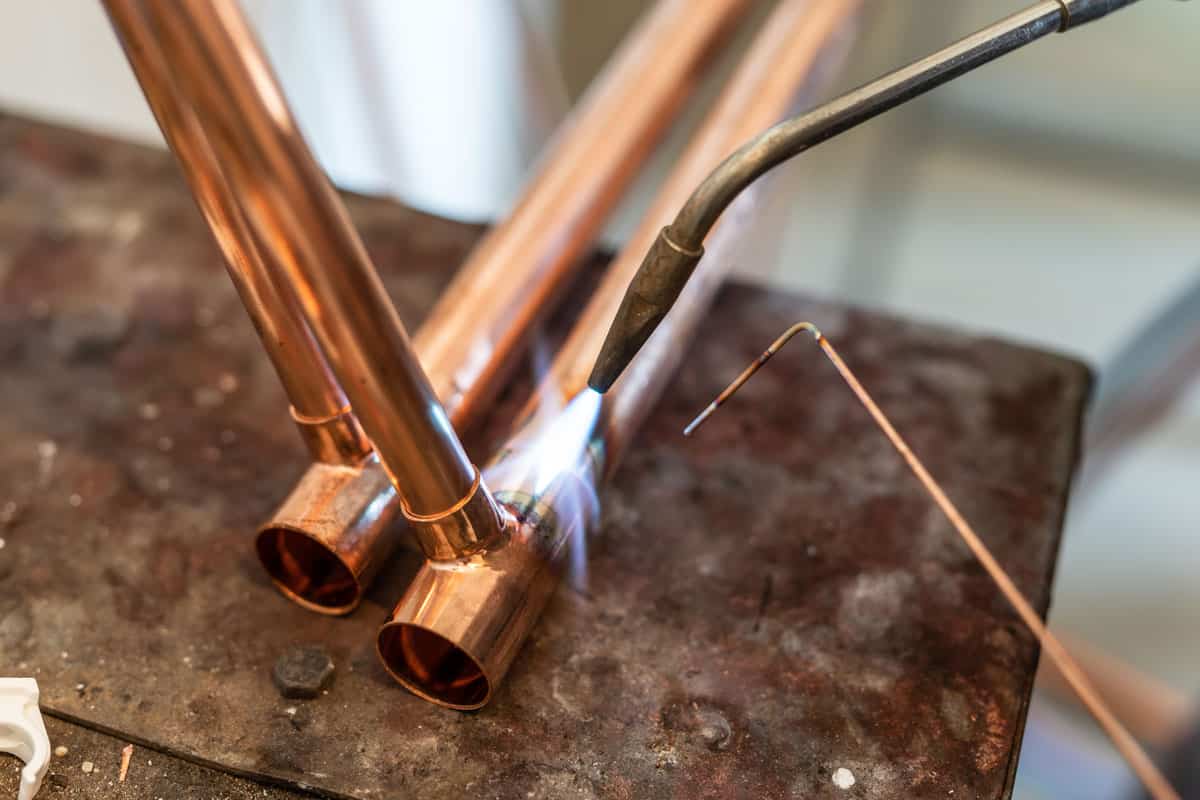
Plumbers frequently use a propane torch to join copper pipe segments, either directly by welding or indirectly through soldering, to reinforce connections.
A propane torch is a device that typically burns ambient air as its combustion medium. It employs propane, a hydrocarbon gas, as its fuel. Before the flame front is reached, the fuel and air are sufficient, albeit occasionally imperfectly, mixed in the burner's tube.
Understanding the appropriate propane torch techniques will help you finish the task at hand quickly and safely. Here are the steps for using a propane torch:
1. Prepare Safety Measures
Wear the proper safety equipment. Remember to pull your hair back before using a propane torch. You should also put on a set of solid work gloves and safety glasses.
Click here to see these industrial safety glasses on Amazon.
Additionally, long sleeves and pants are recommended. Only ever use your propane torch in well-ventilated spaces. Open a window for ventilation if you're using your torch inside
2. Let The Gas Canister Warm Up
Most propane torches are made up of a small gas tank with a regulator and either an electric igniter or not. Make sure to let the gas canister warm up before usage if you leave it outside in the garage or in a cold car.
3. Light the Torch
Open the gas valve while holding the torch with the tip pointed away from you. To ignite the gas, place a striker over the torch nozzle and hit it.
Pull the trigger to start the gas on an electric igniter if your torch has one. You'll need to light the torch using a striker if yours lacks an igniter. You must avoid explosions by adjusting them to the proper pressures.
Regulators regulate the pressure and flow of the gas on the cylinder heads. The rubber hoses that connect the steel cylinders to the torch are typically solid and flexible.
The fuel-gas hose is typically red, whereas the oxygen line is usually green to prevent misunderstanding. The two-needle valves, round knobs, regulate the flow of oxygen or fuel gas.
4. Apply the Torch Flame
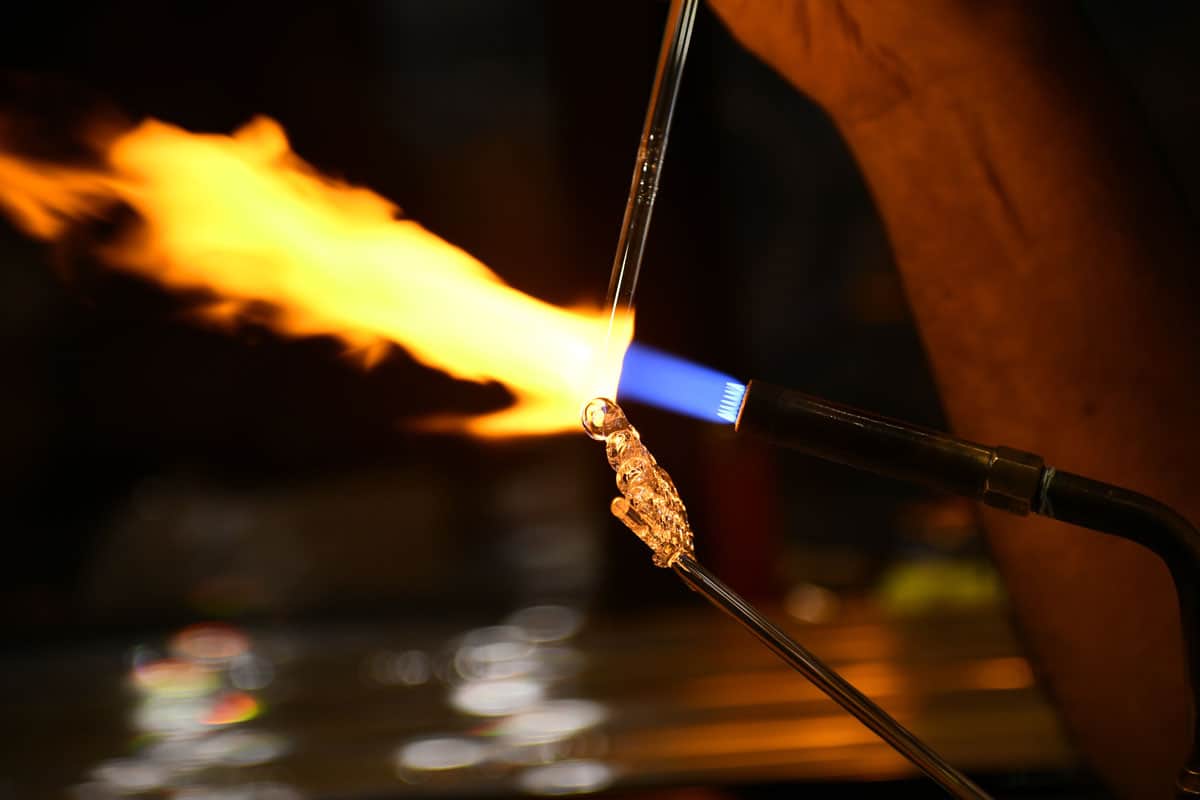
Put the flame up against the object you want to warm. Place the inner cone's tip against the junction and maintain flame control when soldering the pipe. Hold the flame farther away from the material and keep the torch moving for low heat applications.
Once the propane torch is lit, turning the gas valve will change the flame's height. When using a blowtorch to cut metal, an oxygen pipe sends an additional stream of oxygen right to the flame's center. The flame becomes more intense as a result.
Never light a torch next to something that will burn. Also, use your torch with caution when there is wind. It may cause the flame to leap, setting unwanted objects ablaze.
5. Turn Off the Gas
When you are through using the torch, turn off the gas. Rotate the gas valve until it is fully closed after usage.
6. Detach the torch
After using the torch, detach it from the fuel cylinder. In this way, you can avoid accidents.
Maximum Temperature Of Propane Torch
Due to their portability, propane torches are ideal for modest soldering or heating tasks.
A propane torch can achieve a maximum temperature of around 2,000 °C. That is a very intense flame that has the power to ignite the majority of items you would find in a home or workshop.
It's important to remember that propane torches create flames at different temperatures. An outer light blue flame and an inner dark blue flame make up a torch's two cones of flame. The hottest portion is at the tip of the inner flame.
Although propane is more expensive than other fuels, its distinctive thermochemical qualities make it so appealing to employ for burning. Propane must be stored and utilized carefully to prevent hazardous propane fires.
Difference Between Propane And Butane
There are several torches, and they all run on various fuels. Torches made of butane and propane use different fuels, produce different amounts of heat, and have multiple services.
Both torches burn at a temperature high enough to melt and heat various metals. They can weld specific metals. These are several considerations to take into account between propane and butane:
1. Temperature
Propane emits more carbon monoxide when burned than butane, but it burns hotter. Ignited butane and propane torches produce different heating temperatures. Butane can reach a maximum temperature of 1,970 degrees Celsius, while propane torches can achieve much greater temperatures of about 2000 degrees Celsius.
2. Portability
Propane is less portable than butane torches since they have a bigger tank. Users frequently have to carry the tank in one hand or wear it like a backpack.
3. Fuel Quality
Although propane burns hotter than butane, the fuel is dirtier. Butane burns highly neatly. Since both gases are alkanes, you can use them safely to heat or sear food.
4. Preciseness Of Flame
Most metal welding is done with propane torches because of the precise flame and tremendous heat. Jewelry-making piece connecting with butane is quite effective. Soft metals like copper, silver, and gold are their ideal candidates.
In Closing
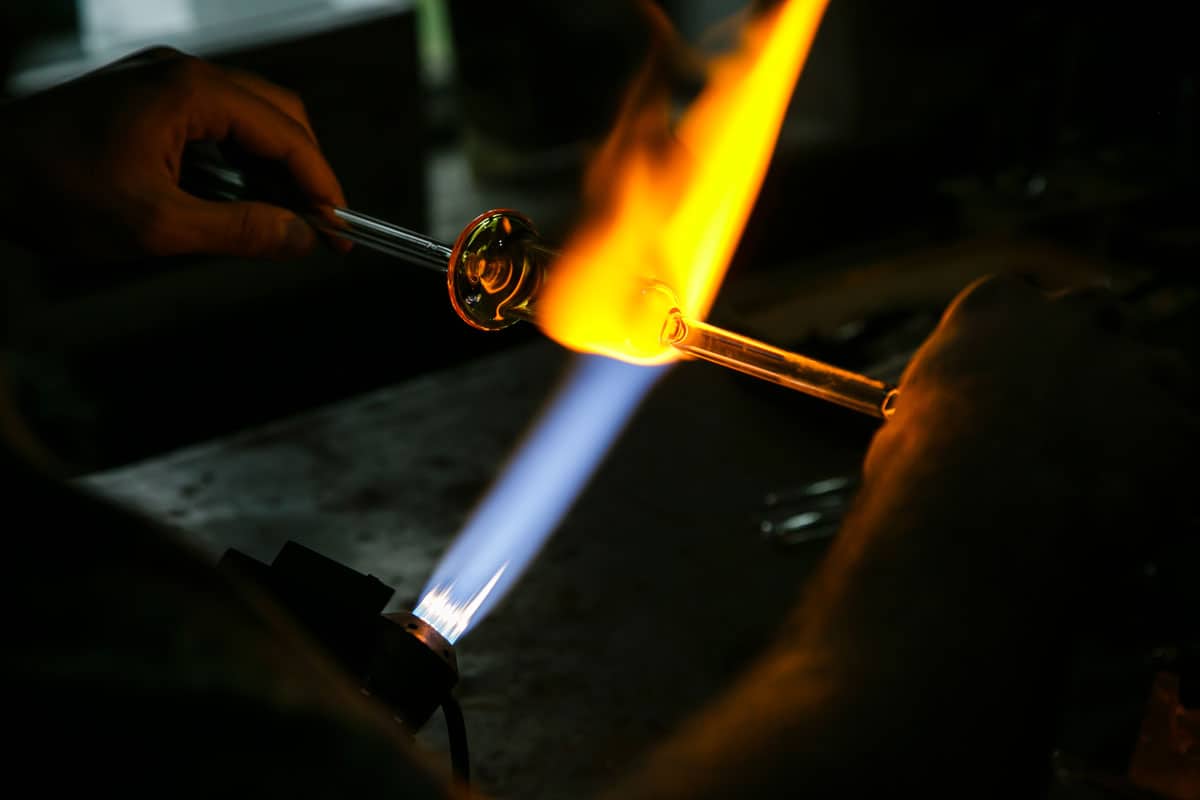
A user can apply the torch flame directly to any object on the ground with these typically handheld devices. A tiny flame is ideal for soldering and other high heat applications.
Pick the ideal propane torch for your requirements. Choose a propane torch with a flame-spreading tip if you require low heat; this will enable you to diffuse the flame and reduce its heat. Remember that lighting these torches with a cigarette lighter or a match is not a good idea due to the flames' incredibly high temperature.
We hope you found this post interesting. If you want to discover more interesting topics, check out these other posts:
Diesel In Oil Furnace? Here’s What You Need To Know
Where Is The Goodman Furnace Pilot Light? [And How To Use It]


